As parents, noticing your child’s legs curve inward (knock knees) or outward (bow legs) can be concerning. Many wonder—is this normal, or does it require treatment? The truth is that some degree of knock knees or bow legs is a natural part of growth. However, in certain cases, these conditions may signal an underlying orthopedic problem that needs attention.
What Are Knock Knees and Bow Legs?
- Bow Legs (Genu Varum): The legs curve outward, leaving a noticeable gap between the knees when the ankles touch.
- Knock Knees (Genu Valgum): The knees touch or angle inward while the ankles remain apart.
Both conditions are often seen in young children as their bones and muscles develop.
When Are They Considered Normal?
- Bow Legs: Common in babies and toddlers up to 2 years old. This usually corrects naturally as the child grows and starts walking.
- Knock Knees: Often appear between ages 3 and 6 and usually resolve by age 7 or 8.
In most children, these conditions improve without any medical intervention.
When Should Parents Be Concerned?
You should seek an orthopedic consultation if:
- The bowing or knock knees are severe or getting worse with age.
- The condition persists beyond 7–8 years of age.
- The legs are asymmetrical (one leg is different from the other).
- The child experiences pain in the knees, hips, or ankles.
- Walking, running, or physical activities seem difficult.
- There is a family history of rickets or bone deformities.
Possible Causes of Severe Knock Knees or Bow Legs
While mild cases are part of natural growth, severe or persistent cases can be linked to:
- Rickets (caused by vitamin D deficiency)
- Bone infections
- Growth plate injuries
- Genetic conditions affecting bone development
An early diagnosis helps in treating the underlying cause and preventing complications.
Treatment Options
Treatment depends on the severity, cause, and age of the child:
- Observation: In most cases, no treatment is needed, just regular monitoring.
- Bracing or Orthotics: Special shoes or braces may be prescribed if the deformity is significant.
- Physiotherapy: Exercises to strengthen muscles and improve walking patterns.
- Nutritional Support: Vitamin D and calcium supplements in case of rickets.
- Surgery: Rarely required, but considered for severe deformities persisting in older children.
Conclusion
Mild knock knees and bow legs are usually part of a child’s natural growth and correct themselves with time. However, if the condition is severe, worsening, or accompanied by pain or walking difficulties, consulting a pediatric orthopedic specialist is essential.
For expert evaluation and treatment, consult Dr. Nargesh Agrawal at Child OrthoCare.
Address: C-7, Ground Floor, D- Park, Model Town -3, New Delhi 110009
Mobile: +91 88517 77145
Website: www.childorthocare.online






